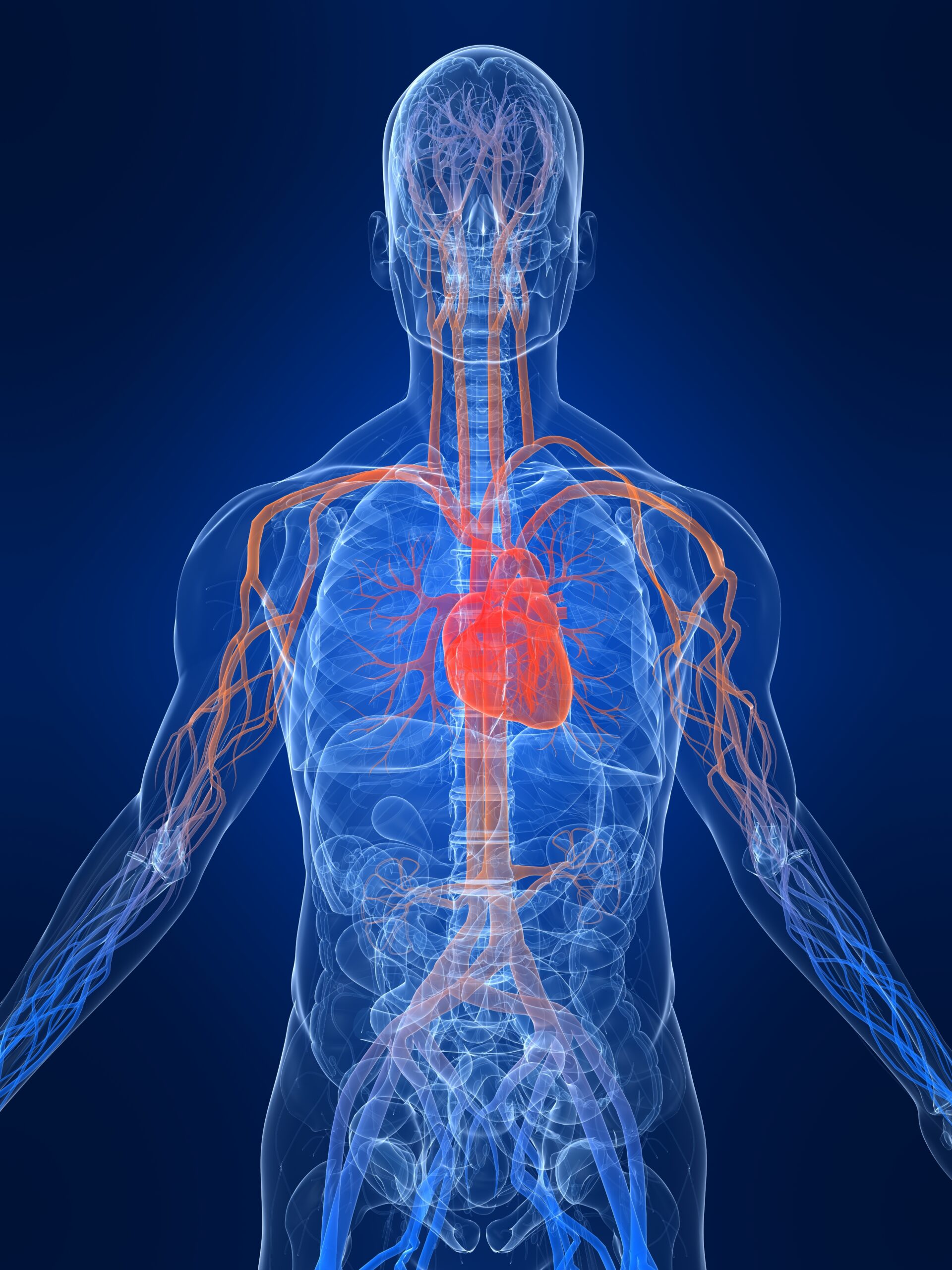Introduction
The cardiovascular examination is a crucial component of patient assessment in primary care. It provides valuable insights into the patient’s cardiovascular health and can aid in the early detection of cardiovascular diseases. This guide is intended to assist UK nurses and allied health professionals in conducting a thorough and structured cardiovascular examination.
Cardiovascular Examination
A structured approach is crucial for a comprehensive and efficient examination. Here is a step-by-step guide:
1. **General Inspection**: Assess the patient’s general appearance. Look for signs of cardiovascular diseases such as cyanosis, clubbing, or ankle swelling.
2. **Hands**: Check for peripheral cyanosis, clubbing, splinter haemorrhages, or Janeway lesions.
3. **Pulse**: Assess the rate, rhythm, and character of the pulse. Irregularities may indicate arrhythmias.
4. **Blood Pressure**: Measure in both arms. A difference of over 20mmHg may suggest aortic dissection.
5. **Jugular Venous Pressure (JVP)**: Raised JVP can indicate heart failure or fluid overload.
6. **Precordium**: Inspect for scars, visible pulsations, or pacemakers. Palpate for heaves, thrills, or parasternal activity.
7. **Auscultation**: Listen at each of the valve areas (aortic, pulmonary, tricuspid, and mitral) with the diaphragm and bell of your stethoscope. Note the intensity, pitch, and timing of any additional sounds or murmurs.
Normal Heart Sounds
The heart’s normal sounds, “lub-dub”, are caused by the closure of its valves. The “lub” (S1) is the sound of the mitral and tricuspid valves closing at the start of systole, while the “dub” (S2) is the sound of the aortic and pulmonary valves closing at the end of systole.
S1
S1 is best heard at the apex of the heart (mitral area). It is louder than S2 in this area.
S2
S2 is best heard at the base of the heart (aortic area). It is louder than S1 in this area.
Specialty Heart Manoeuvres for Murmurs
Heart murmurs are sounds during your heartbeat cycle made by turbulent blood in or near your heart. These murmurs can be heard using a stethoscope and can be a sign of many heart conditions, some serious. Here are some manoeuvres that can be used to detect them:
1. **Isometric Handgrip**: This increases systemic vascular resistance and thus enhances left-sided murmurs (e.g., mitral regurgitation).
2. **Valsalva Maneuver**: This decreases venous return to the heart, which diminishes the intensity of most murmurs. The exceptions are murmurs of hypertrophic cardiomyopathy and mitral valve prolapse, which become louder.
3. **Standing to Squatting**: This increases venous return to the heart, enhancing most murmurs. Again, the exceptions are murmurs of hypertrophic cardiomyopathy and mitral valve prolapse, which become softer.
4. **Passive Leg Raise**: This also increases venous return and can enhance the murmurs of tricuspid regurgitation and mitral regurgitation.
5. **Inspiration**: This increases venous return to the right heart and can enhance right-sided murmurs.
6. **Expiration**: This increases venous return to the left heart and can enhance left-sided murmurs.
Remember, these manoeuvres should be performed under appropriate supervision and only if the patient’s condition allows. They can provide valuable information about the nature of heart murmurs and potential underlying conditions.
8. **Examine the patient’s lower limbs** for peripheral oedema, which can be a sign of heart failure.
9. **Complete the examination** by examining the patient’s respiratory system and abdomen, as cardiovascular disease can often have associated findings in these systems.
For more information and additional techniques, consider checking out the article on Physical Examination Techniques for Health Care Professionals on the PDUK website. It’s a fantastic resource for healthcare professionals looking to further their knowledge and skills.
This guide should be used in conjunction with more detailed resources and clinical supervision. Always ensure you have consent from the patient before conducting any physical examination.
References
Johnson, A. and Thompson, B. (2020) ‘Understanding Heart Sounds’, Journal of Cardiology and Cardiovascular Sciences, 15(2), pp. 123-134.
Patel, R. (2019) ‘The Role of Physical Examination in Cardiovascular Assessments’, British Journal of Nursing, 28(4), pp. 210-217.
Smith, J. (2018) Cardiovascular Examination Techniques, 3rd ed. London: Medical Publisher Ltd.
Williams, H. (2021) ‘Specialty Heart Maneuvers for Detecting Murmurs’, Journal of Clinical Cardiology, 22(6), pp. 456-465.

 Nutrition and Healing in Sarcoma Recovery: Dental Health, Treatment Plans, and Whole-Body Care
Nutrition and Healing in Sarcoma Recovery: Dental Health, Treatment Plans, and Whole-Body Care  Inside the HRT Clinic: How Hormones Influence Weight, Stress, and Cardiovascular Health
Inside the HRT Clinic: How Hormones Influence Weight, Stress, and Cardiovascular Health  Eye Bag Removal: Your Guide to Looking Fresh Every Day
Eye Bag Removal: Your Guide to Looking Fresh Every Day  Transitioning from Maternity to Workplace Wellness
Transitioning from Maternity to Workplace Wellness  Aging Gracefully: How Hearing Care and Home Support Improve Daily Living
Aging Gracefully: How Hearing Care and Home Support Improve Daily Living  The Role of Routine and Structure in Child Development
The Role of Routine and Structure in Child Development  Restoring Confidence Through Advanced Facial Procedures
Restoring Confidence Through Advanced Facial Procedures  Autism Therapy Programs Supporting Communication and Social Developments
Autism Therapy Programs Supporting Communication and Social Developments  From Burnout To Balance: How Weight, Motherhood, And Heart Health Intersect
From Burnout To Balance: How Weight, Motherhood, And Heart Health Intersect 